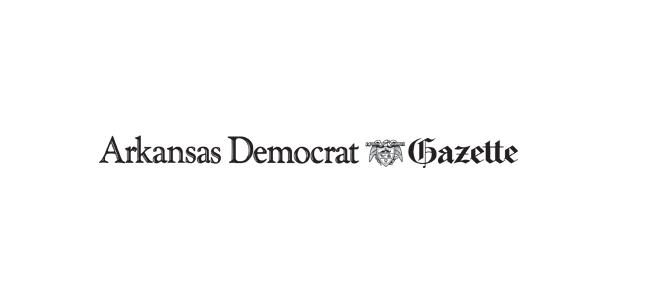Losses hit while platform offline.
SAN FRANCISCO — Robinhood has become a Silicon Valley darling by presenting itself as a tech-savvy alternative to traditional stock trading platforms. But this week, with the financial markets in chaos, the startup’s technology failed at a crucial moment.
On Monday and Tuesday, as global markets rebounded from last week’s sell-off and then sank again, Robinhood’s trading platform went offline, leaving many customers to watch their portfolios drop in value without being able to do anything about it.
Robinhood has attracted millions of users to trade on its platform, largely by eliminating trading fees and making stock trading as easy as ordering food online. This week, many of those same customers said they wanted to get their money out of Robinhood as quickly as possible.
“For me, the moment they get up, I am going to try to get out and switch out to someone else,” said Robert Kaufman, 30, an information technology worker in San Diego.
Kaufman said he had put $900 in savings into Robinhood two weeks ago when he opened an account. By trading risky options, his portfolio had climbed to $2,600 on Friday. But on Monday, much of that disappeared during Robinhood’s outage. Like many customers, Kaufman said he could not reach the company; even emails to the support desk bounced back undelivered.
By noon Tuesday, trading appeared to be back up and running. “We realize we let our customers down, and we’re committed to improving their experience,” said Jack Randall, a spokesman for Robinhood. He said the startup would look at compensating customers on a case-by-case basis.
Until this week, Robinhood, which is based in Menlo Park, Calif., had been regarded as one of the most successful financial technology startups. The company had raised about $1 billion from venture capital firms such as Index Ventures and New Enterprise Associates, privately valuing the startup at around $7.6 billion, according to CB Insights. The company does not charge trading fees, but it sells its customers’ trades to high-frequency trading firms, a practice known as payment for order flow.
Robinhood’s lack of trading fees has roiled older competitors such as E-Trade and Charles Schwab, putting pressure on the brokerage industry. In recent months, E-Trade announced that it was selling itself to Morgan Stanley, and Schwab said it would buy TD Ameritrade.
But many of those rivals have also copied Robinhood’s trademark move by eliminating the fees charged when customers trade stocks and options.
This week, social media platforms such as Reddit, where Robinhood customers gather to discuss their trades, have been filled with people talking about where they should move their money and whether they should file a class-action lawsuit against the startup.
“This is a huge black eye for them, and they really need to do something to earn back the trust of their clients,” said Ben Carlson, the director of institutional asset management at Ritholtz Wealth Management in New York and the author of a blog called A Wealth of Common Sense. “I can’t recall another time when an entire platform was down all day like this.”
During the market turbulence, other trading firms that cater to small investors have also experienced difficulties. The website for mutual fund giant Vanguard experienced “sporadic unavailability” on Friday because of heavy trading volumes, a spokesman said. TD Ameritrade also said trade confirmations were slow to process on Friday.
But none were down as long as Robinhood, a company that has made it particularly easy to buy and sell not only traditional stocks, but also riskier investment products such as cryptocurrencies and options, which are contracts that make it possible to bet on stocks going up or down.
To see the full article, click here.

